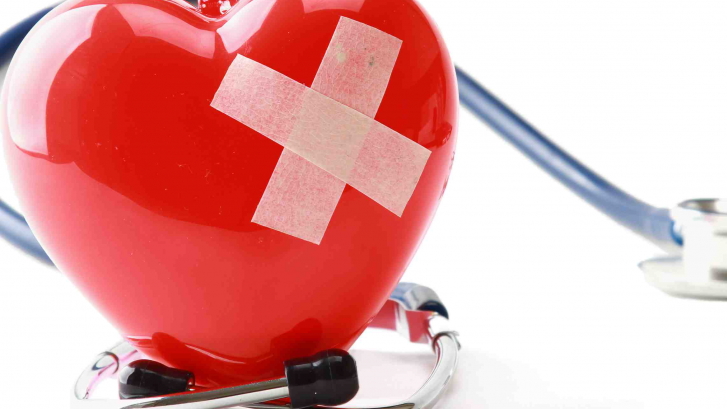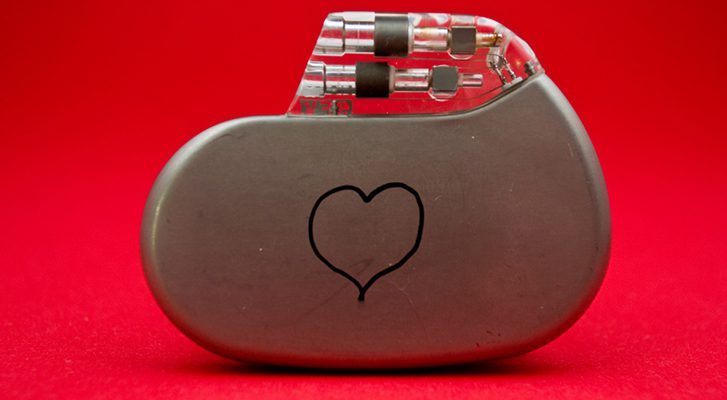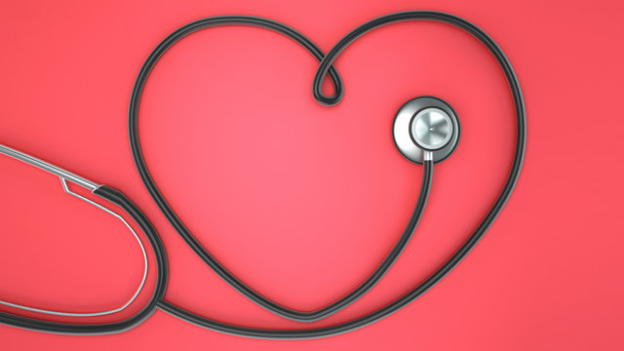All You Need to Know About Heart Failure
Deaths in India due to heart failure do not have a surveillance program to check prevalence. However, it is estimated that around a million people die each year due to this condition. Heart failure occurs when the heart’s muscles fail to pump blood efficiently. There are a number of conditions including narrowed heart arteries and high blood pressure that can affect the heart, leaving it too weak to pump blood as well as it should.
The conditions that can lead to subsequent heart failure are not all reversible, but it is possible to treat the symptoms that can in turn help you live longer. Certain lifestyle changes can also play a major role in treating the symptoms of heart failure.
One of the ways that can be employed to prevent imminent heart failure is to control the conditions that might lead up to it.
The Symptoms
Heart failure is a condition that may be chronic, or it may be acute. The various symptoms of heart failure may include:
- Shortness of breath following any exertion or while lying down
- Weakness
- Fatigue
- Irregular heartbeat
- Swelling in legs, ankles and feet
- Persistent cough or wheezing
- Reduced stamina or ability to exercise
- Increased urination
- White or pink blood-tinged phlegm
- Sudden weight gain
- Swollen abdomen
- Nausea
- Lack of appetite
- Chest pain (if the heart failure is caused by heart attack)
- Decrease in alertness
The above mentioned symptoms can be a sign of heart failure, or they could signify some other condition as well. In such scenarios, let the specialists diagnose and analyze. For instance, if you are in the Pink City, then it is always better to consult Jaipur best heart failure specialists instead of trying to diagnose the condition all by yourself.
Risk Factors
There are a number of factors that act as risk factors for heart failure. A single factor is also enough to trigger heart failure. These include:
- High blood pressure
- Coronary artery disease
- Diabetes
- Certain diabetes medications
- Heart attack
- Congenital heart defects
- Irregular heartbeats
- Valvular heart disease
- Medications
- Sleep apnea
- Viruses
- Alcohol use
- Tobacco use
- Obesity
Diagnosis
For diagnosing heart failure, the doctor takes into account your symptoms, medical history, risk factors and a physical examination. After these, the following tests may be ordered:
- Blood tests (including kidney, liver and thyroid function)
- Electrocardiogram (ECG)
- Chest X-ray
- Stress test
- Echocardiogram
- Coronary angiogram
- Cardiac computerized tomography (CT) scan or magnetic resonance imaging (MRI)
- Myocardial biopsy
Treatment
Once the condition has been diagnosed, the doctor will take into consideration the many factors that may affect the patient. Based on these, the patient can be prescribed different medications or even surgical procedures. The most renowned heart failure specialists will tell you that changes in lifestyle like reducing the salt intake, increasing exercises, etc. can go a long way in treating the symptoms of heart failure.





